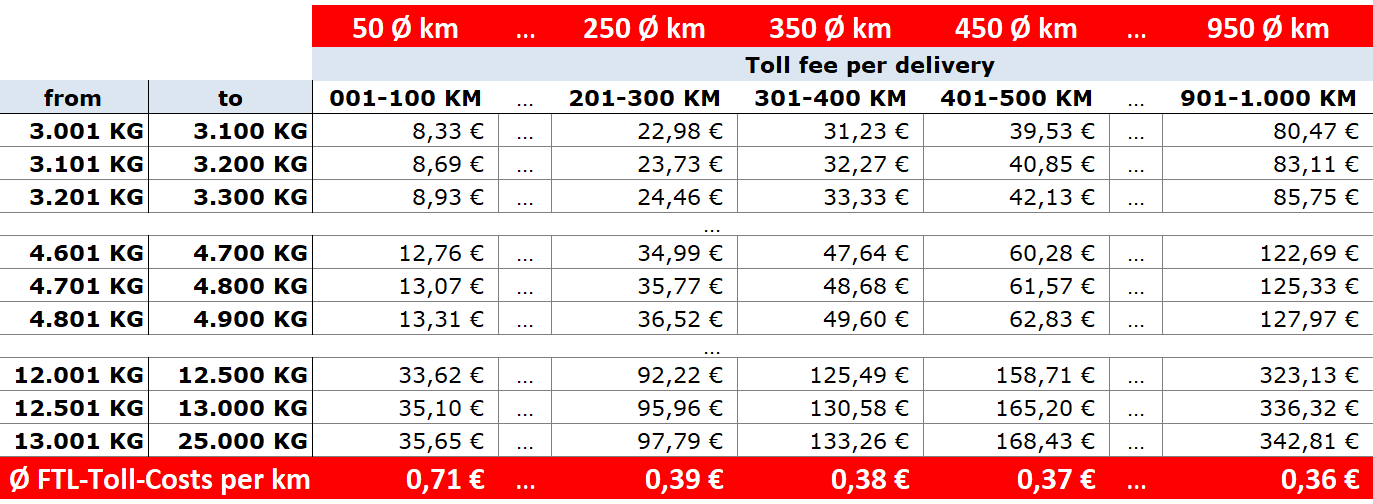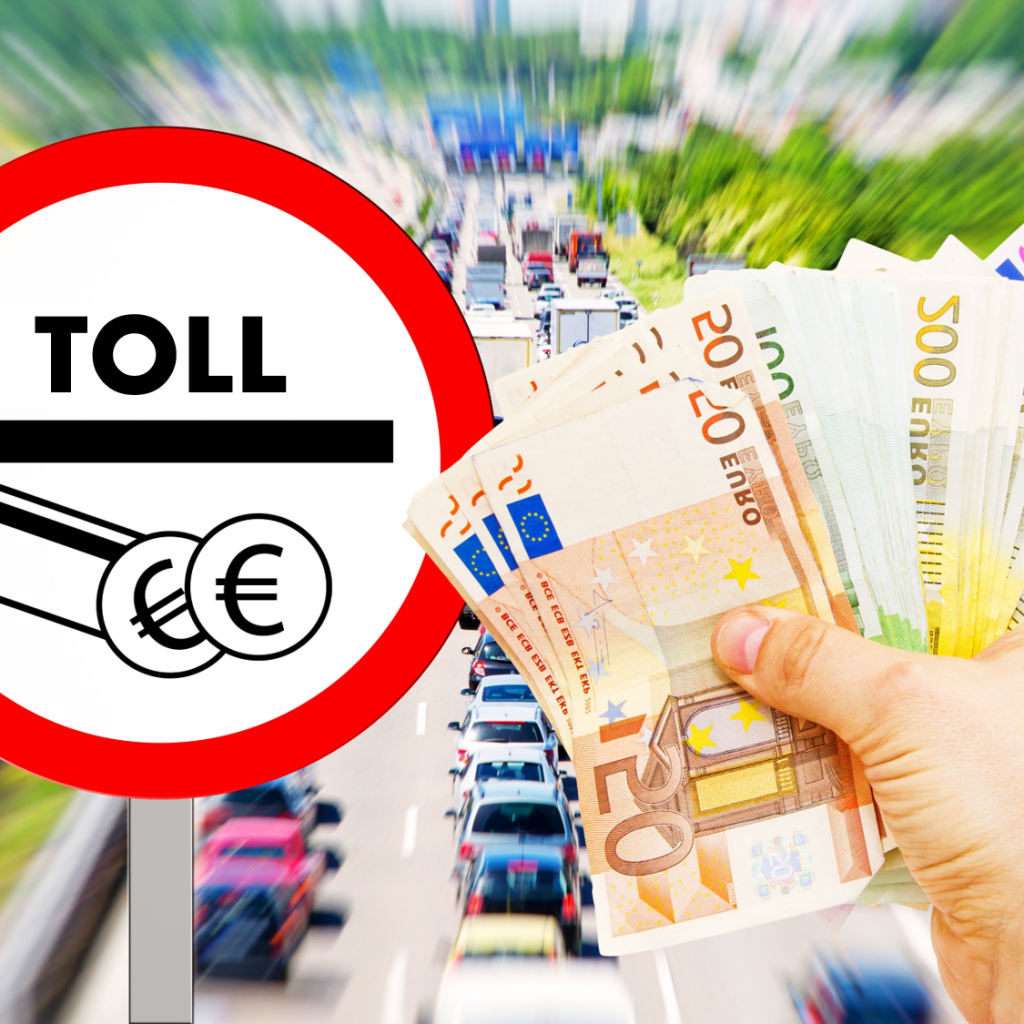Attention, toll trap! Freight forwarders often calculate incorrectly
A cost driver has remained undiscovered in many logistics departments for years! This is because freight forwarders often calculate the actual toll costs incorrectly or repeatedly for customers. They justify this, among other things, with toll increases and the extension of the toll to the federal roads. Clients must be careful when doing so. We help you to find out why and how you should scrutinize toll tables from freight forwarders in order to reduce your logistics costs.
First of all: Most freight forwarders charge correctly. The experts from the independent purchasing and logistics cost consultancy Kloepfel Consulting have found some frightening facts about some freight forwarders. Sebastian Krings, partner of Kloepfel Consulting, explains: “There are great forwarders with whom we and our customers enjoy working together. They do a reliable job and have integrity. But unfortunately there are black sheeps, because we have to realize again and again that some forwarding companies overcharge their customers for the truck toll – sometimes intentionally.
Toll tables – a warning signal
As a basis for calculating tolls, freight forwarders often provide their customers with specially prepared toll tables, which have little to do with the actual invoice to them. This alone is no longer up-to-date and should make you sit up and take notice! In fact, the providers know down to the cent how much toll is incurred on the respective routes and include it in the freight rates without showing it separately. If a toll price sheet is nevertheless presented as a supplement to the freight rate agreement, this may indicate a staggered lump-sum settlement – which no longer has anything to do with the real costs of toll payment. In such a case, the supplier generates profits at the expense of the client in a non-transparent manner. Such a table could look like this:

If you calculate the average toll charge for a complete load per kilometer driven using the information in the table, it is already a full 37 cents – and an incredible 71 cents in local traffic! On top of that: Obviously, a maximum of 24-25 tons can be transported – yet for a good half (13 tons) the full toll rate should already be paid!
But not only the weight, but also the distance is subject to heavy flat-rate surcharges: For example, the same flat-rate toll rate is charged for 405 kilometers as for a distance of 495 kilometers. In addition, the actual toll costs are much lower in any case. A glance at the cost breakdown of the toll operator Toll Collect reveals exactly what these costs look like.

Source: www.toll-collect.de
For example, a Euro 6 truck with four axles and a weight class >18 t, which is frequently used in practice, will incur a toll charge of just 18.7 cents/km in contrast to the 37 cents required in the above example.
Caution: Toll share does not always correspond to the freight share
Another example of overreaching through toll tables: The setting of the toll share in no or unjustified relation to the freight share. The fact is: For TollCollect, the final loading weight of the vehicle is irrelevant. If the freight provider wants to charge fairly, it must therefore calculate the toll based on the actual share of the customer order in the total load (FTL = Full Truck Load). Instead, staggered flat-rate invoicing can even result in several customers paying the entire toll costs at the same time – as if each of the shares corresponded to a full truck load. If, for example, even four contracting parties, each with 25 percent load share, each pay 50-100 percent of the actual toll charges, this is of course worthwhile – but only for the freight forwarder!
The complexity of logistics costs
In comparison to the introduction of tolls in other countries, our example was even simpler – the higher complexity there means that there is much greater potential for transport service providers to charge their customers unjustifiably. But buyers often lack the time and sometimes the know-how to make price announcements and the underlying calculations of the transport companies transparent and to analyze them.
As an independent consultant, Kloepfel Consulting breaks down the price agreements and invoices of the forwarding agencies and wants to know exactly how general cargo, partial and full load tariffs are explained and composed in terms of price. In this way, they can prove to the forwarding agents down to the last cent how the actual logistics costs are made up – and what they should cost. The good news: “As a rule, the providers adjust their prices as a result in direct negotiations conducted by Kloepfel Consulting without any major contradictions,” says Sebastian Krings.
Conclusion
If you are presented with toll tables, please question them: Which route is subject to toll? With which type of truck and what proportion of my load? Please feel free to contact us without obligation if you lack the time, manpower and know-how to break down your true logistics costs to reduce costs.
Contact
Christopher Willson
Tel.: 0211 875 45323
Mail: rendite@kloepfel-consulting.com
